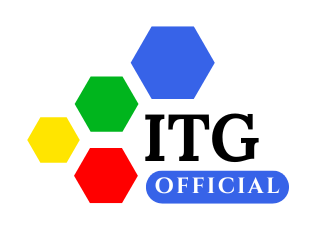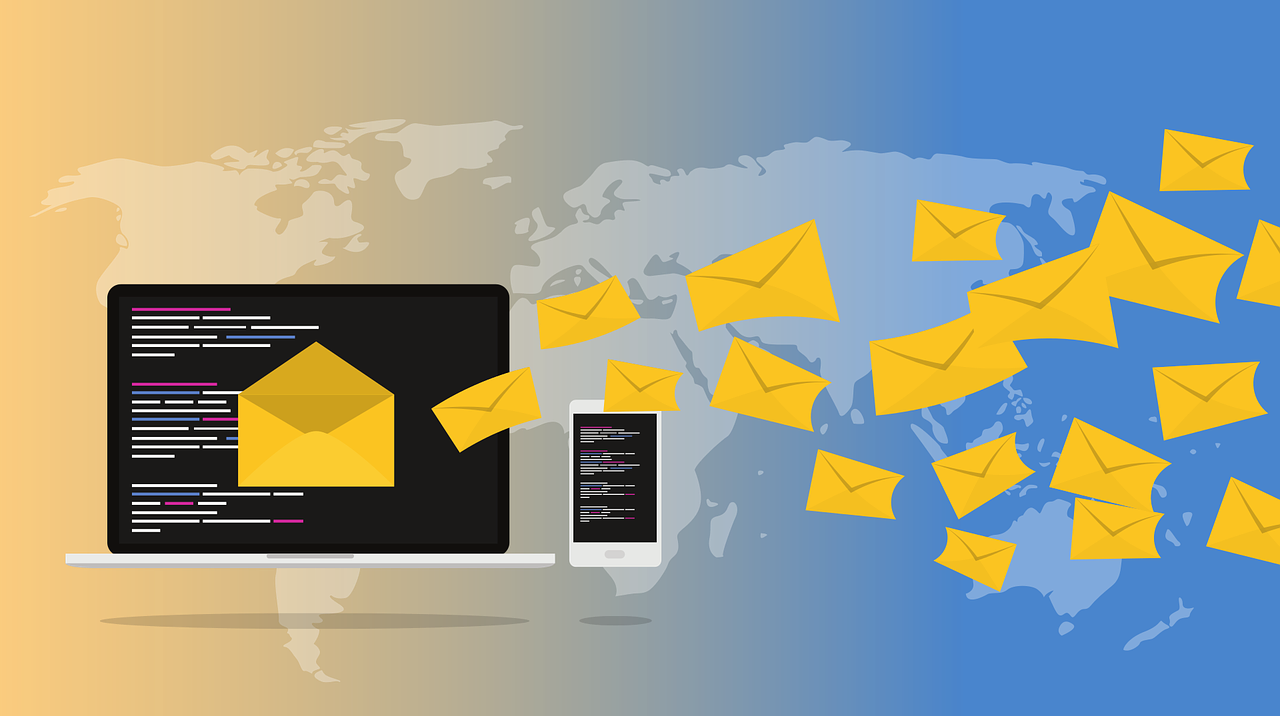In today’s digital landscape, email marketing remains one of the most effective tools for lead generation and customer engagement. However, sending random promotional emails no longer works. What you need is a smart and structured email marketing funnel strategy that guides your leads from initial interest to final conversion.
Whether you are a student, freelancer, or small business owner, understanding how to create a strategic email funnel can help you increase conversions, build stronger customer relationships, and grow your business more effectively.
What is an Email Marketing Funnel Strategy?
An email marketing funnel strategy is a planned sequence of emails designed to take a potential lead through different stages of the buying journey. It usually includes awareness, interest, decision, and action stages.
Each stage of the funnel plays a specific role:
- Attracting leads
- Educating prospects
- Converting them into customers
- Retaining them for repeat business
Why is an Email Marketing Funnel Important?
A well-crafted email marketing funnel:
- Builds long-term trust with your audience
- Increases email engagement rates
- Saves time with automation
- Improves customer retention
- Maximizes ROI on your marketing efforts
Email marketing has one of the highest returns on investment among all digital channels. A strong funnel strategy ensures you get the most out of it.
Top 7 Steps to Build an Email Marketing Funnel Strategy in 2025
1. Attract Leads with Lead Magnets
The first step is to grow your email list by offering something valuable for free. This can be an ebook, checklist, free trial, webinar, or exclusive discount. These offers are called lead magnets.
Example: A downloadable “Digital Marketing Starter Kit” in exchange for an email address.
This step brings new people into the top of your funnel, creating awareness and interest.
2. Create a Welcome Email Series
Once someone subscribes, it’s essential to send a sequence of welcome emails. This series should:
- Thank them for joining
- Introduce your brand or personal story
- Set expectations about the type of emails they will receive
- Provide useful initial content
A strong welcome sequence builds trust early in the customer journey.
3. Segment Your Email List
Segmentation is the practice of dividing your email list into smaller groups based on user behavior, demographics, or preferences. A segmented email funnel allows you to send more personalized and relevant content, which increases open and conversion rates.
You can segment by:
- Location
- Purchase behavior
- Interests
- Email engagement history
4. Educate with Value-Based Content
At the middle of the funnel, your goal is to nurture leads. Share useful, informative content that solves problems or answers common questions. This positions you as an expert in your niche.
Content ideas include blog posts, video tutorials, case studies, and how-to guides. Educational emails build trust and keep subscribers engaged.
5. Send Targeted Offers
As your leads move further into the funnel, they become more open to offers. This is the decision stage. Send targeted promotions that are time-sensitive or exclusive to your subscribers.
Examples:
- Limited-time discount codes
- Early access to new products
- Bonus services for loyal subscribers
These offers should be relevant to the user’s interest and behavior.
6. Use Clear and Strong Calls-to-Action
Each email should guide the reader toward a specific goal, whether it’s visiting a website, signing up for a webinar, or making a purchase. Use clear, action-oriented language like:
- Download Now
- Start Free Trial
- Claim Your Discount
- Schedule a Call
The call-to-action should stand out visually and match the reader’s current position in the funnel.
7. Analyze and Optimize Your Funnel
Finally, use data to improve your funnel. Track key metrics such as:
- Open rates
- Click-through rates
- Conversion rates
- Unsubscribe rates
Use A/B testing to compare subject lines, content styles, and timing. Continue optimizing based on what works best for your audience.
Add Visuals and Diagrams
Include a simple funnel diagram image in your article. Set the image alt text to “Email Marketing Funnel Strategy Diagram” to improve SEO. Visuals help explain the concept clearly and break up text for easier reading.
Use Automation Tools
To manage your funnel efficiently, consider using email automation platforms such as:
- Mailchimp
- ConvertKit
- Omnisend
- ActiveCampaign
These tools allow you to create automated workflows, segment lists, and personalize content at scale.
Final Thoughts
A powerful email marketing funnel strategy can completely transform how you generate leads, engage your audience, and convert subscribers into paying customers. It provides a clear structure to your email campaigns and ensures that every message has a purpose.
By following the steps above and staying consistent, you’ll not only see better results in your marketing but also build a more loyal and profitable audience in the long run.
Start building your email funnel today, and let your emails do the selling for you.


